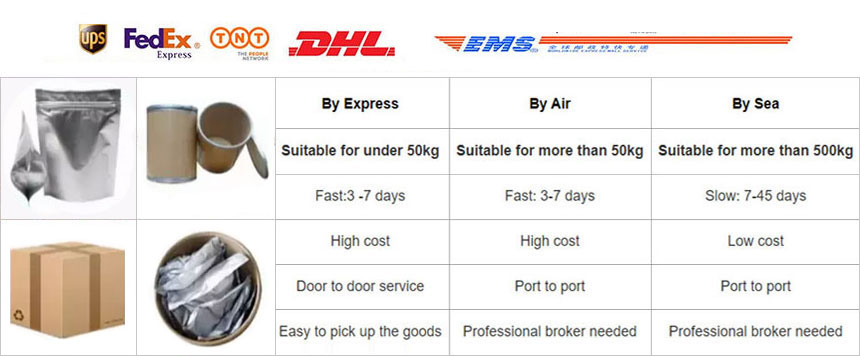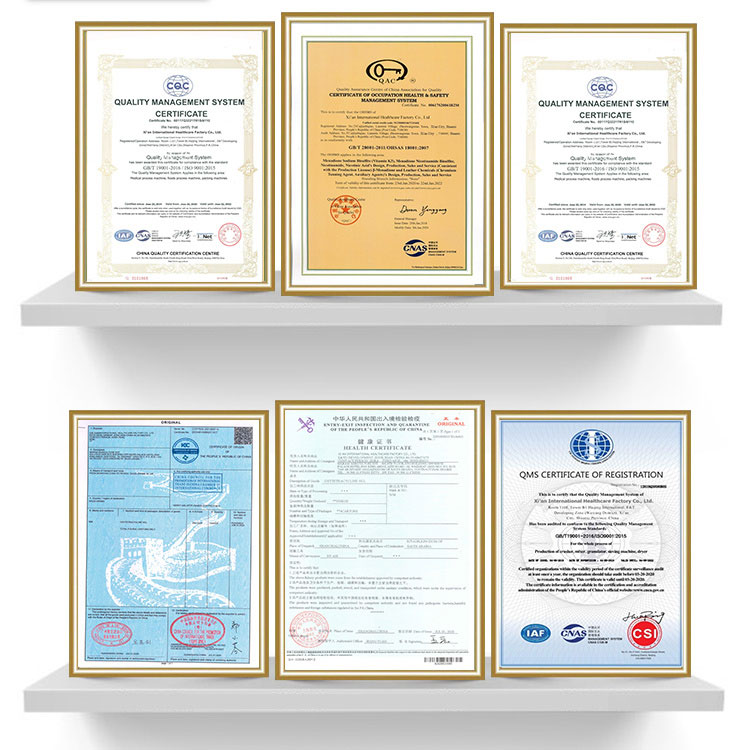Phone: 86-29-89601602
Mail: sales27@interlgroup.com
Add: Room 305 , 3/F , Haipai Decoration Office Building , Yudu Avenue , Yuncheng , Shanxi
Food Grade 99% Powder CAS 299-28-5 Calcium Gluconate
Product Overview:
Calcium gluconate powder is a calcium salt of gluconic acid. It is a white crystalline or granular powder with a melting point of 201℃, odorless and tasteless, soluble in cold water and easily soluble in hot water. Calcium gluconate CAS 299-28-5 is an important organic calcium, which is mainly used as calcium fortification and nutritive agent, buffer, curing agent, and chelating agent in food, and has a broad application prospect. Calcium gluconate Raw Materials are used as food additives and buffers; Curing agent; Chelating agent; A nutritional supplement.
Food Grade 99% Powder CAS 299-28-5 Calcium Gluconate Attributes
Product name:Calcium gluconate powder
CAS:299-28-5
MF:C12H22CaO14
MW:430.37
EINECS:206-075-8
Specification:99% min Calcium gluconate powder
Sample:Calcium gluconate powder Avaliable
Appearance:white powder
Storage: Cool Dry Place
Brand:Global ASAP Nutrition Factory
Shelf Life: 2 Years
Test Method: HPLC
Food Grade 99% Powder CAS 299-28-5 Calcium Gluconate Details
Calcium gluconate powder is a calcium salt of gluconic acid. It is a white crystalline or granular powder with a melting point of 201℃, odorless and tasteless, soluble in cold water and easily soluble in hot water. Calcium gluconate CAS 299-28-5 is an important organic calcium, which is mainly used as calcium fortification and nutritive agent, buffer, curing agent, and chelating agent in food, and has a broad application prospect. Calcium gluconate Raw Materials are used as food additives and buffers; Curing agent; Chelating agent; A nutritional supplement.
Functions of Calcium gluconate powder
Calcium source: Calcium gluconate is a source of calcium. After taking it, it breaks down in the body and releases calcium ions, thereby increasing blood calcium levels.Physiological role of calcium: Calcium ions participate in a variety of important physiological processes in the human body:
Bone and dental health: Calcium is the main component of bones and teeth, accounting for about 99% of bone weight. Adequate calcium intake is essential for the formation, growth and maintenance of bones, and helps prevent bone diseases such as osteoporosis.
Muscle function: Calcium ions participate in the contraction and relaxation of muscles and maintain normal muscle function, including skeletal muscle, smooth muscle and cardiac muscle. Calcium is essential for preventing muscle spasms and maintaining normal heart rhythm.
Nerve function: Calcium ions participate in the transmission of nerve signals and maintain normal nerve excitability and nerve function. Calcium is essential for the conduction of nerve impulses and the release of neurotransmitters.
Blood coagulation: Calcium ions are necessary cofactors in the coagulation process, participating in the formation of prothrombin activating enzymes, promoting blood coagulation and preventing bleeding. 
Doses of Calcium gluconate powder
Treatment of hypocalcemia: The common intravenous dose is 1-2 g of calcium gluconate, and the dose and frequency of administration are adjusted according to the severity of the disease and the blood calcium level. The oral dose depends on the specific preparation and the patient's condition.
Treatment of hyperkalemia: The common intravenous dose is 1-3 g of calcium gluconate, which is slowly injected intravenously under ECG monitoring and can be repeated if necessary. It mainly plays a cardioprotective role and needs to be combined with other potassium-lowering treatments.
Treatment of hypermagnesemia: The intravenous dose is similar to that of hyperkalemia, which is 1-3 g of calcium gluconate. It is mainly used to antagonize magnesium ion toxicity and needs to be combined with other magnesium-lowering treatments.
Calcium supplements: The oral dose depends on individual calcium requirements and dietary calcium intake. The recommended daily calcium intake for adults is 800-1200 mg of elemental calcium. It needs to be converted according to the content of elemental calcium in calcium gluconate preparations. For example, 1 g of calcium gluconate contains about 90 mg of elemental calcium.












